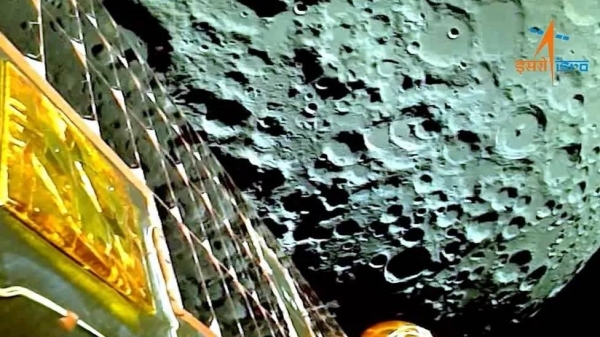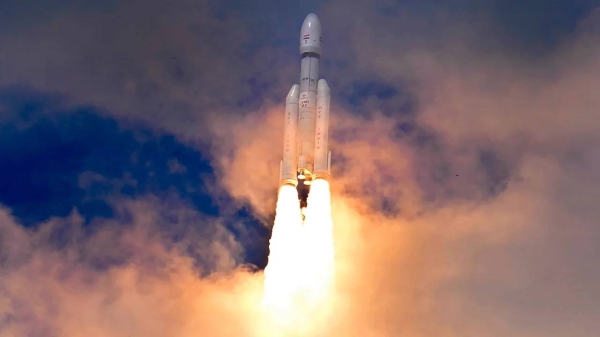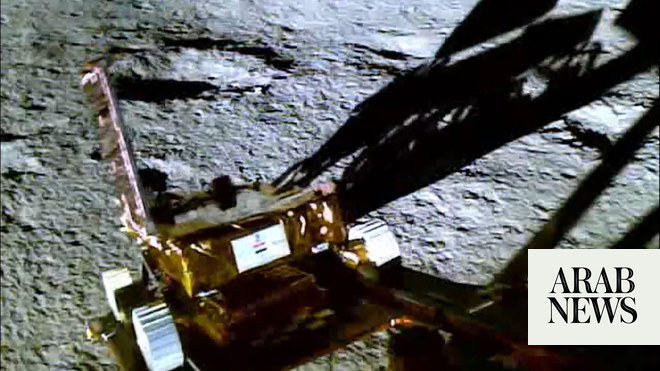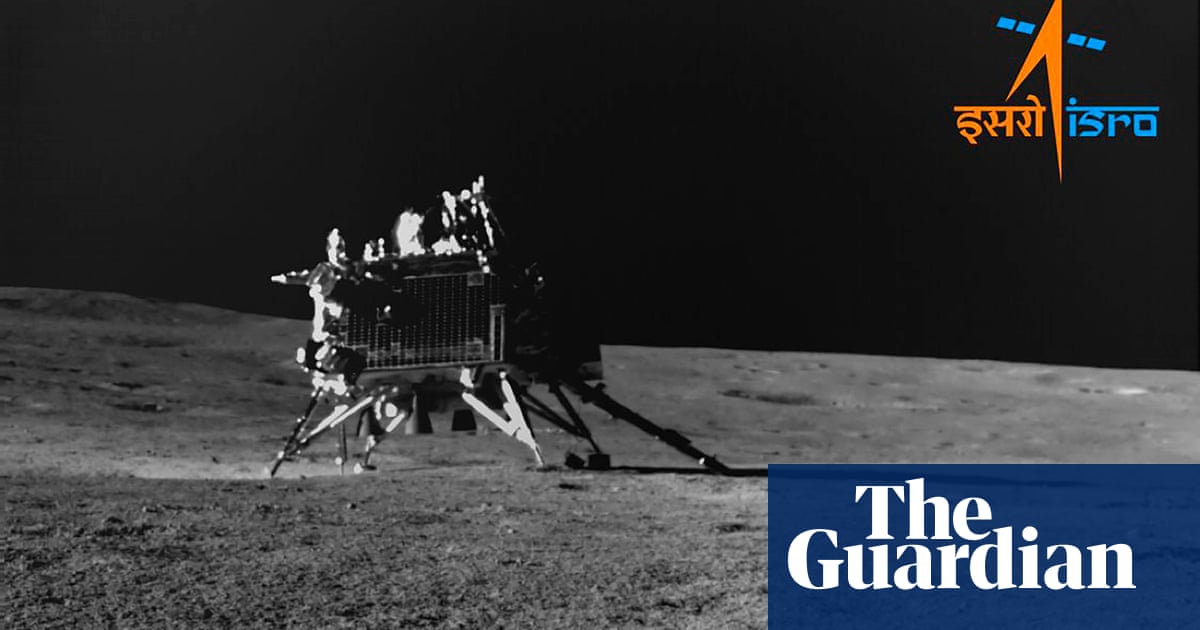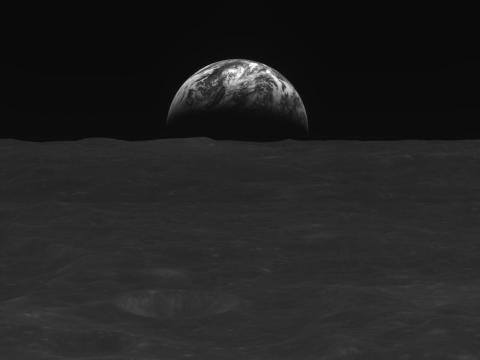
India’s lunar program is continuing to make progress with the Chandrayaan-2 mission to the moon. The spacecraft’s landing near the moon’s south pole is an achievement for Delhi and the Indian Space Research Organization (ISRO).
Previously, the US, Soviet and Chinese missions have landed closer to the equator. India’s lunar mission represents the growing geopolitics of the moon, with India joining the US, Russia, and China in mapping the lunar future.
A year behind schedule, India launched Chandrayaan-2 six weeks ago consisting of an orbiter and a lander, Vikram, loaded with six-wheeled rover, Pragyan, which can travel for up to 500 meters. The mission’s main aims are to investigate the unexplored lunar south pole and provide detailed maps of water sources in this area.
It was 11 years ago that India was last near the moon with Chandrayaan-1. In 2008, Chandrayaan-1 launched an impact probe near the lunar pole, that showed frozen water on the moon. Due to numerous technical problems, Chandrayaan-1 operated for 312 days until August 2009 as opposed to the intended two years, but the mission still achieved 95 percent of its planned objectives.
Clearly, the presence of water at the lunar south pole makes for an attractive future outpost for astronaut missions, as does the fact the area is thought to be rich in minerals such as iron, magnesium and titanium. In addition, helium-3 is likely to be in abundance and extractable over time for use in nuclear energy production.
For Delhi, India’s mission to the lunar south pole is one of the most important areas for industrial exploitation. China has already established lunar settlement plans nearby in its long-term space goals and NASA is planning to send astronauts to the south pole by 2024.
India’s lunar mission represents the growing geopolitics of the moon, with India joining the US, Russia, and China in mapping the lunar future.
Dr. Theodore Karasik
Earlier this year, China’s robotic Chang’e 4 landed on the far side of the moon in a space-travel first. The European Space Agency (ESA) is planning to land a spacecraft at the lunar south pole in 2022 to drill beneath the surface in search of water ice. The Europeans’, EU and ESA space activities are seeking helium-3, which may prove useful for fueling future European fusion reactors. The race for the moon’s south pole is on.
These missions are not about space achievements but instead about economic space-based resources. The estimated $1 trillion industry by 2040 means the race is on for space mining and legal frameworks. India is testing anti-satellite (ASAT) weaponry so as to say that Delhi is a space power along with China, Russia and the US. ASAT is the form of space force and security increasingly seen as a deterrence weapon.
Moreover, space is increasingly becoming securitized to protect orbital and later lunar assets. This year India created the Defense Space Agency (DSA) and the Defense Space Research Organization (DSRO). The DSA is to chart a strategy that protects India’s assets in outer space and builds capacity to develop counter-space and counter-value co-orbital weapons systems for deterrence purposes.
The DSRO is tasked with providing technical and research support to the DSA. The US established its space service, with China creating the People’s Liberation Army Strategic Support Force (PLASSF) in 2015.
The recent changes in India’s space policy indicate that the country is now a serious contender for the strategic future, where space resources will play a significant role in determining the future of international power. The moon is important to sustainable development and progress on Earth.
Space, and in particular the moon, is subject to the 1967 Outer Space Treaty which prevents the militarization of space. But an important 1979 sub-treaty signed by the UN needs to be recalled: The Treaty of the Moon. This accord argued that the moon must be used for peaceful purposes but left mining issues undecided and vague.
Both these treaties are seemingly out of date and there are calls by Russia and China for a type of update that the US is rejecting because of the requirement of US Space Force (the American armed forces’ proposed space warfare service branch). These moves are creating a race of space assets.
Already, asteroid mining is a growing industry. Industrial standards are being created with the passing of the US’s Space Act of 2015. Other countries are busy landing on asteroids themselves to advance their understanding and mining capabilities. Japan successfully landed its Hayabusa-2 spacecraft on the asteroid Ryugu twice a few months ago. These feats are important markers of how mining will eventually become a reality.
Individual countries are establishing their own rules and regulations governing these space assets. For India, this space future is paramount for growing the country’s socio-economic capacity.
Overall, the mixing and matching of space as being physical space that is contested in the military/diplomatic arena and the socio-economic realm is part of the emerging future of the strategic space on the moon. The competition is on.
India’s space program is part of a larger effort to stake a claim to future lunar discussions and negotiations regarding how humankind will use lunar treasures for a sustainable future on Earth.




